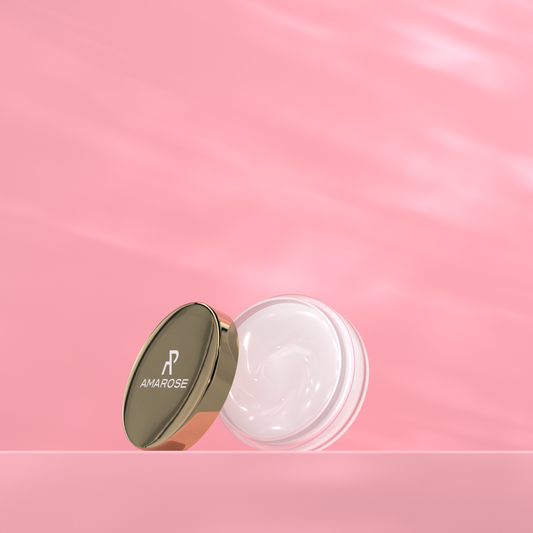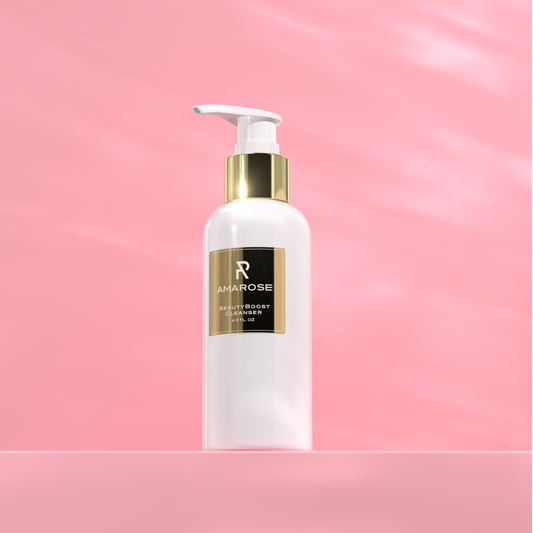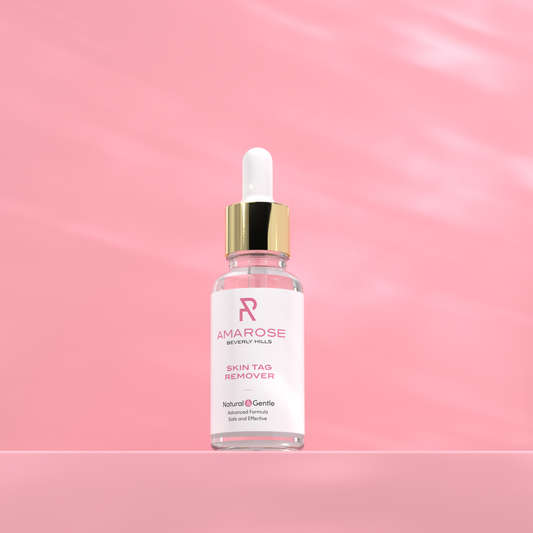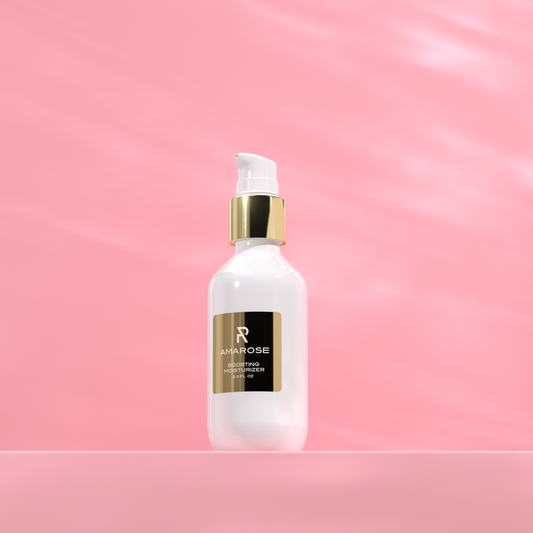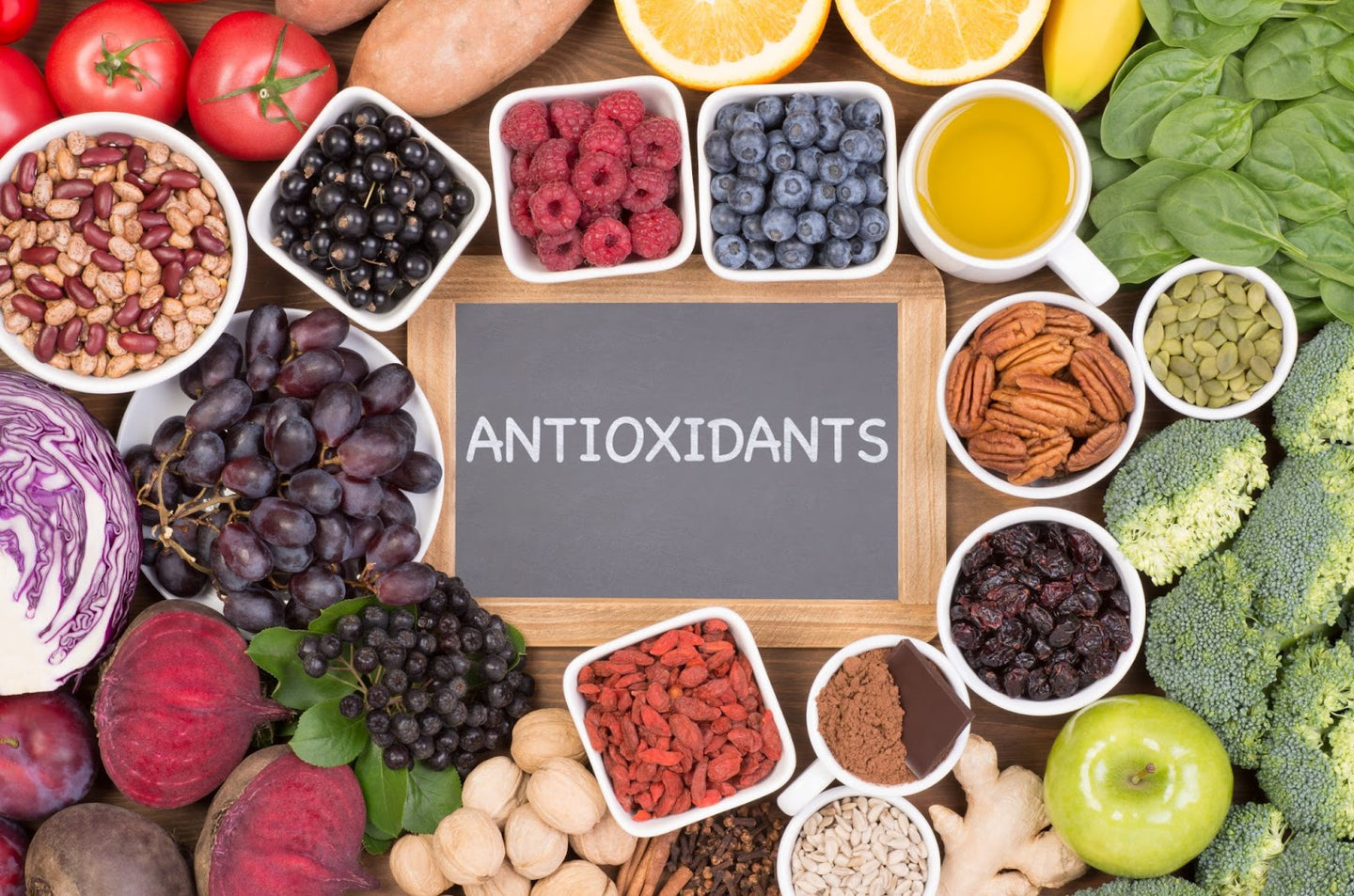

What to Eat and What to Avoid for Acne Control and Reduction
Healthy eating habits help in controlling acne. The factors that influence the development of this skin disease can be controlled to a large extent with food, although it will be the specialist who decides whether pharmacological treatment is necessary.
Why Acne Forms?
If you want to understand how food contributes to acne control, it's good to know the four factors that trigger it:
- The sebaceous glands increase sebum production. In both adolescents and adults, high levels of androgens (a male hormone) are associated with more sebum production and more acne lesions. Androgen levels can be easily measured with a blood test (they show up in the blood test as DHEA-S and DHEA).
- Propionibacterium acnes colonizes the follicle and causes inflammation.
- The body releases inflammatory mediators. One of the inflammatory molecules most associated with acne is IGF-1 (insulin growth factor 1), stimulating the proliferation of keratinocytes (the most superficial cells of the skin). The higher the IGF-1 levels, the more severe the acne.
- Keratinization is the process of altering dead skin cells that are thicker than the healthy ones, obstructing the pore and acne appearance.
Well, these four pillars that lead to acne can be controlled, at least in part, through nutrition.
Lower High Glycemic Index Foods Intake
Foods with a high glycemic index (carbohydrates that produce blood glucose spikes) increase the IGF-1 molecule mentioned above.
That is why foods with a high glycemic index (GI) promote inflammation.
Furthermore, they also increase androgen synthesis, related to higher levels of seborrhea.
Reduce refined flours and cereals such as white bread, pasta, or rice, as well as sugary foods and potatoes because their glycemic index is high.
Quick Tip: if you keep your boiled potatoes in the fridge, you reduce their glycemic index. They generate resistant starch (starch crystals), which slows down their absorption.
Dairy Products Aren't Acne-Friendly
They do not have a high glycemic index, but they raise IGF-1, thus stimulating the proliferation of keratinocytes. They also contain substances that promote the production of androgens.
Interestingly, skim milk is the one that concentrates more IGF-1 because it is not compensated for by fat. Skimmed yogurts are also not recommended.
The protein-based shakes that athletes usually drink also have an elevated IGF-1.
According to nutrition specialists, if a person suffers from acne, the solution is not to opt for whole milk but to resort to other sources of calcium, such as sesame milk.
Women in menopause require more calcium intake to regulate skeletomuscular health, so in these cases, goat's milk is the best because it contains less IGF-1.
More Omega-3 than Omega-6
Omega 6 is found in foods such as corn, part of countless baked goods, cookies, and ultra-processed products.
Omega-6s promote inflammation and should be consumed in smaller proportions than omega-3s (packed with anti-inflammatories).
If you have acne, a diet rich in Omega-3 fatty acids (oily fish, walnuts, flax, chia) and other good fats such as those provided by extra virgin olive oil or avocado will help reduce the inflammation that accompanies acne.
Consume More Fiber
A diet rich in fiber (25-30 g daily) favors intestinal transit so that the intestine does not release so many inflammatory substances.
It is important to accompany the intake of fiber (fruit, vegetables, whole grains, seeds, or nuts) with plenty of water to avoid creating an intestinal blockage.
Buckwheat is one of the rare cereals rich in fiber and protein but has a low glycemic index that you should include in your diet to reduce and control acne.
As for nuts, one of the best is the Spanish walnut, for its fiber content and because it contains more Omega-3 than the Californian walnut.
Zinc Intake
Zinc is found in all acne supplements because it reduces inflammation caused by the Propionibacterium acnes bacteria.
Cruciferous vegetables are a great source of zinc. They also provide sulforaphane, an antioxidant that helps to heal and reduce inflammation.
Antioxidant Boost
Antioxidants fight the action of free radicals and prevent inflammation. Therefore, if you take antioxidant foods, you counteract that inflammation.
It is easy to include them in your diet because vitamins A, C, and E are super antioxidants abundant in fruits, vegetables, and olive oil.
Add salads to your daily menu and use as many different veggies as possible. The more colors on your plate, the more vitamins you will get.
Probiotics
Pickles, water or goat kefir, or anchovies are rich in probiotics that help reduce inflammation of the intestine and the severity of acne. You can also find probiotics in the form of acne supplements.
Foods to Avoid for Acne Control and Reduction
In addition to reducing high glycemic index foods and dairy, ultra-processed foods (rich in unhealthy fats, additives, and sugars), pastries, and sweets should be avoided at any cost if dealing with acne.
As for chocolate, the problem with acne is not the cocoa but the sugar and milk it contains. Even chocolate with a high percentage of cocoa contains sugar, so avoid that as well.
Final Word
If you're struggling with acne, try avoiding dairy products, processed and sugary foods, and increase the intake of fruits and veggies, zinc-rich cruciferous vegetables, antioxidant foods, more Omega-3 than Omega-6, and probiotics.
People with severe acne must consult their dietitian before making big changes in their eating regime or adding new supplements to the diet.
